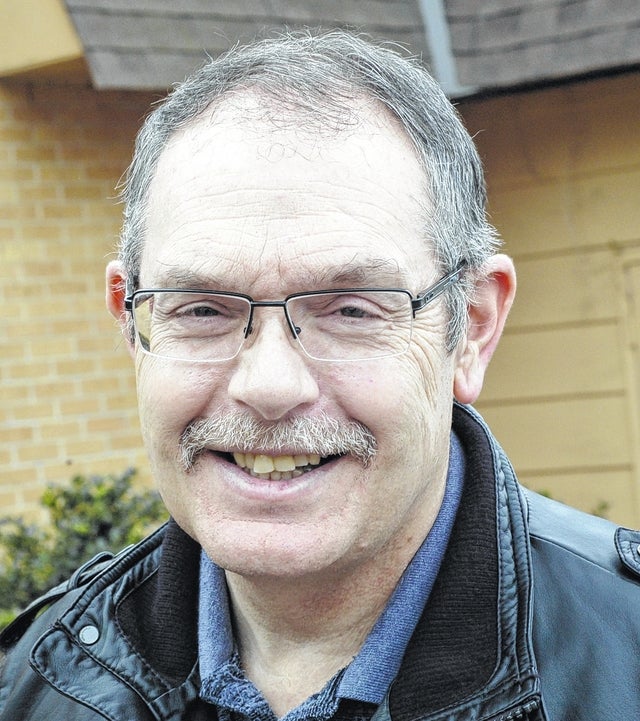Problems with Leyland Cypress trees
Published 10:22 pm Friday, June 9, 2017
Leyland Cypress trees over the last decade have become very popular as screens or specimen trees in many landscapes. They can grow well over 100 feet tall and fifty feet in diameter. They are known for growing as fast as four feet per year in height and three feet in diameter. By these growth patterns, you can see why homeowners planted them everywhere. These tall pyramidal shaped trees with beautiful green foliage found a spot in many landscapes.
The Leyland Cypress is a hybrid that was the result of planting two North American conifers, the Monterey cypress and the Nootka cypress, close together on an estate owned by the Leyland family in England in the 1840’s. By the mid 1920’s, Leyland Cypress trees were being commercially sold for areas that were exposed to wind and salt. There are over forty forms of Leyland Cypress being marketed.
So what happened with this stellar performer? The unfortunate result of being popular was being planted everywhere. Large numbers can increase the frequency of what at one time were minor pest problems into major problems. Seiridium Canker, Bot Canker, root rot diseases and needle blight became prevalent. Drought stress further increased disease pressure by decreasing their resistance to disease.
Many Leyland Cypress trees were planted closer than eight feet. This reduced air circulation as they grew. Planting near sidewalks or metal building, which reflect heat, also caused problems. Leyland Cypress trees prefer well-drained sites. Wet feet causes root rot. Dig a hole and fill with it water. If it takes more than three hours to drain, the soil is poorly drained. Most plants have difficulty with poorly drained soils.
Mulch should be applied no deeper than two to four inches and several feet beyond the reach of branches. Never pile mulch against the trunk. If they are planted as a screen and the branches begin to rub together, remove every other tree. This encourages air circulation, prevents damage from limbs rubbing and disease transmittal from tree to tree.
If branches do become diseased, prune the branches to live tissue. Clean the shears or pruners with alcohol or a ten to one water to bleach ratio solution. This prevents disease transmission.
To prevent the “Broken Tooth Look” don’t rely on a single plant. Create a mixed screen where multiple species are grouped together in groups of three or five in a staggered row or if space is tight, in a straight line. Other conifers similar in form to the Leyland Cypress for full sun are the Arizona Cypress for dry sites and “Green Giant” arborvitae for moist but well drained fertile sites. Japanese Cedar, Cryptomeria works well in partly shady areas. When selecting screens, consider the mature height of the plants. Neighbors may not want their backyard in shade.
What’s going on in Extension?
Summer 4-H program sign up is now. Call Melanie Dabb at 706.302.8784 or email meld15@uga.edu for more details.
Market on Main: Every Saturday at the Carmike parking lot from 8 a.m. to 10 a.m. The freshest produce in Troup County.
June 19: Beekeepers Meeting, 7 p.m. at the Ag Center; Keith Fielder: Mite Control
June 20: Troup County Cattleman’s, Philip Brown, NRCS: Grazing Management, Dinner is at 7 p.m., cost $6, call ahead, and the program begins at 7:30 p.m. at the Ag Center.
Brian Maddy is the ANR Agent for Troup County Extension. The Troup County Extension office is located at 114 Church Street, LaGrange, GA. 30240 (706) 883-1675. Monday – Friday/8:00 a.m. – 12 noon and from 1 p.m. – 5 p.m. Email: uge2285@uga.edu


